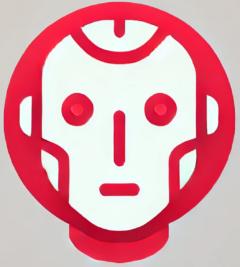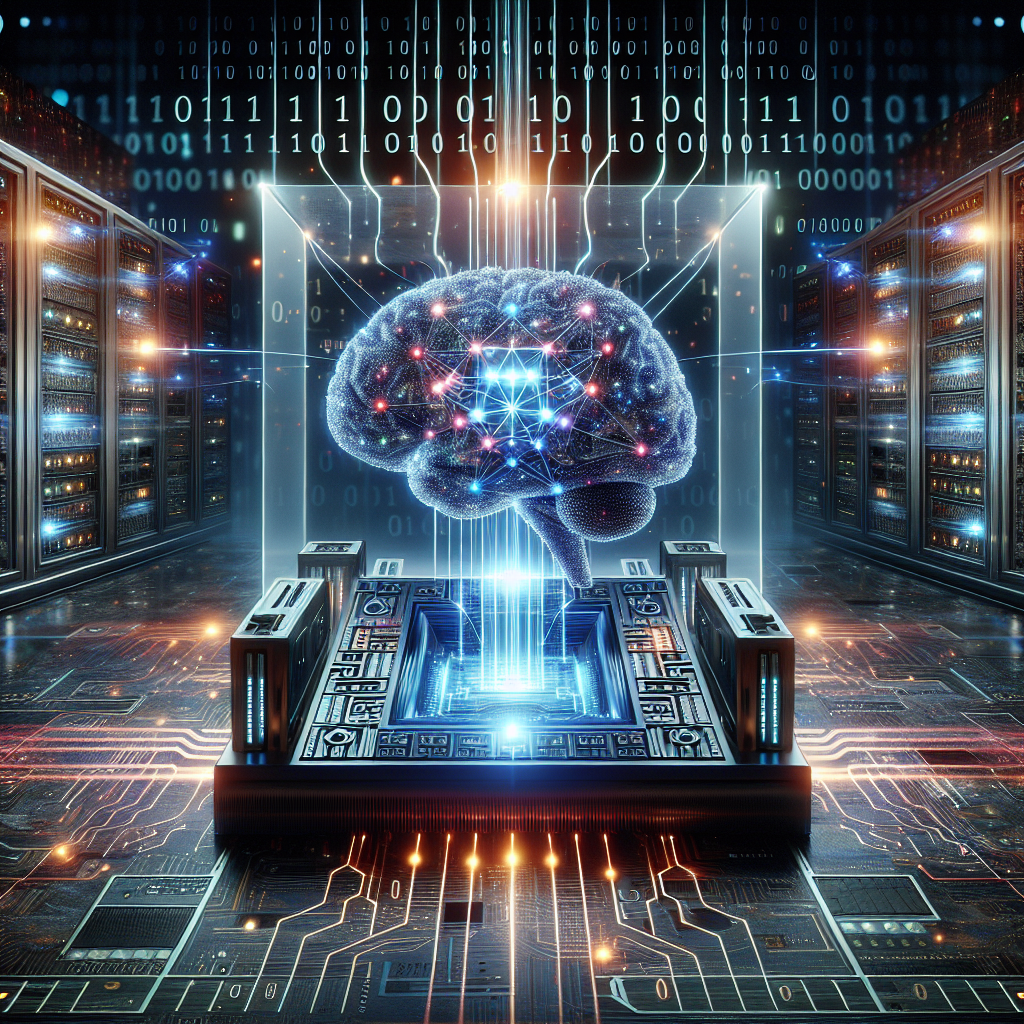AI Meets Quantum: Superintelligence Unleashed
In 1965, Gordon Moore made a bold prediction: the number of transistors on a microchip would double about every two years. Dubbed Moore’s Law, it charted the explosive progress of computing power for decades. But today, we’re approaching the physical limits of silicon chips. As classical computing reaches its tipping point, a new paradigm is emerging. AI meets quantum, and with it, the tantalizing possibility of superintelligence unleashed.
The Convergence of Quantum Computing and AI
Quantum computing harnesses the bizarre laws of quantum mechanics—such as superposition and entanglement—to process information in ways classical systems never could. Unlike traditional bits that are either a 0 or a 1, quantum bits (qubits) can exist in multiple states simultaneously, exponentially increasing computing potential.
Artificial intelligence, on the other hand, relies heavily on pattern recognition, data processing, and complex optimization, areas where classical computers often fall short. As AI models grow in size and complexity—like GPT-4 and DALL·E—they demand unprecedented computational resources. This is precisely where quantum computing offers a leap forward. The marriage of AI with quantum computing holds the promise of not only accelerating algorithms but also enabling new capabilities altogether.
How Quantum Computing Supercharges AI
Several frontier technologies are already exploring this convergence. Here’s how quantum computing can enhance AI:
- Faster Training: Quantum algorithms could reduce the time it takes to train massive neural networks from weeks to hours or minutes.
- Enhanced Optimization: AI relies on solving complex mathematical problems. Quantum computing excels in optimization, potentially leading to smarter, faster decision-making.
- Better Simulation: Quantum systems are perfect for simulating nature, allowing AI to model biological systems, chemical reactions, and even financial markets more accurately.
- Unstructured Data Processing: Quantum models could revolutionize how AI analyzes unstructured data like images, audio, and natural language by processing complex correlations instantly.
Challenges on the Road to Superintelligence
Despite the promising synergy, the road to scalable quantum AI isn’t without hurdles:
- Hardware Limitations: Quantum computers are still in early development stages. Most current models operate with limited, noisy qubits and require ultra-cold environments.
- Algorithm Development: Only a few quantum algorithms applicable to AI exist today, and developing more remains an active area of research.
- Talent and Accessibility: There’s a steep learning curve to understanding both quantum mechanics and AI, and the pool of professionals capable of working at this intersection is shallow.
What the Future Holds
As breakthroughs continue to accelerate, we are inching closer to the dawn of artificial superintelligence—systems vastly smarter than humans—powered by quantum computational frameworks. Industries from healthcare to national security stand to be transformed. Businesses that prepare for this convergence will gain a competitive edge in predictive analytics, materials discovery, and beyond.
Tech giants like IBM and Google are already investing billions into the development of quantum AI platforms, racing to unlock this transformative potential. According to a team at Stanford, quantum AI might soon overcome current technological limits we once thought immovable.
Conclusion
AI meets quantum isn’t just a tech headline—it’s the blueprint for the next leap in human and machine intelligence. We stand at the edge of an epochal shift, where quantum logic and artificial cognition collide to create superintelligence unleashed. The choices made today in funding, education, and research will determine how quickly and ethically we harness this power for the benefit of all.

